Airlines see fuel costs, mandates, customer loyalty as top issues in Sabre Airline Solutions’ global survey on key industry challenges
While concerns about environmental issues are growing significantly among European airlines, fuel costs dominate the concerns of the US airline industry according to results of an international survey conducted among airline executives by Sabre Airline Solutions, the global leader of software and services for the airline industry.
Nearly 200 (197) executives from 101 airlines around the world participated in the survey. Fuel costs, government regulations and customer loyalty were rated universally as the top three issues impacting the airline industry.
“While most airline-related surveys reflect the opinion of passengers on airline service, our survey polled the world’s top airlines on the issues that are directly affecting them, their operations and roadblocks to their successes,” said Sabre Airline Solutions vice-president Gordon Locke.
The Sabre Airline Solutions survey highlights the emergence of environmental issues, as well as the disparity between airlines headquartered in North America and those based in Latin America, Asia, Europe, Africa and the Middle East. Only three of the 62 North Americans surveyed rated environmental issues as an industry challenge, compared with 31 of the 72 EMEA airline executives surveyed. By wide margins, executives from North American carriers viewed fuel costs as their top challenge and the most significant impediment to profitability.
“As long as US carriers are focused on survival and rebuilding their balance sheets, and their regulatory climate is not pushing hard, they will not likely embrace environmental concerns as much as European or other regions’ carriers,” said Steve Hendrickson, Sabre Airline Solutions senior strategist.
“The momentum for potential regulatory actions against airlines’ carbon emissions is much more pronounced in Europe than in the United States. Also, US airlines are still obsessed with the emerging financial recovery they are slowly achieving, while carriers in many other regions are largely doing pretty well.”
The views of North American and European airlines were virtually identical on the impact of fuel costs, with 90 percent of European and 94 percent of North American airlines saying it will have a “significant” cost, revenue or operational impact. Eighty-two percent of North American and 76 percent of European airlines said government regulations would have a significant impact; and 77 percent of North American and 75 percent of European airlines cited customer loyalty.
While high fuel costs are a top airline concern, the Sabre Airline Solutions consulting practice said cost savings in this unpredictable facet of operations can be achieved.
“Our consulting group recently engaged with a North American carrier and a Latin American carrier and found US$5.1 million and US$8 million of potential annual fuel savings for these carriers, respectively,” said Khaled Al-Eisawi, of Sabre Airline Solutions consulting. “This level of savings opportunity is significant for any carrier.”
He confirmed that high fuel costs are consistently being cited by airlines as their most pressing issue.
“Airlines realise that they have to absolutely optimise their use of fuel resources to remain competitive,” Al-Eisawi said.
Nearly half (48 percent) of the airlines surveyed believe developing new revenue streams is important to the overall airline revenue strategy, but only about a third or fewer thought some of the most talked-about ideas for generating new revenue would be effective, such as some airlines’ moves toward offering unbundled pricing and service.
Thirty-five percent said charging extra for seat selections would be an effective source of new revenue and even fewer said in-flight entertainment (34 percent), meals (24 percent) and in-flight comfort items such as pillows and blankets (17 percent) would be effective revenue sources. There was a significant difference of opinion on this issue between North American and European airlines, however; 26 percent of European airlines said meals could be an effective revenue source but only 13 percent of their North American counterparts agreed.
Slightly more than two thirds of the respondents — 68 percent (57 percent North American, 69 percent EMEA and 78 percent Latin America / Asia Pacific) — predicted the number of low-cost carriers would increase by January 2008, while 9 percent believe the number will decrease and 23 percent predict it will stay relatively the same. Far less than half the airlines surveyed saw increases in the number of regional or international long-haul carriers.
While 45 percent of North American airlines said airline bankruptcies will have a significant revenue or operational impact on their airline, only 22 percent of European carriers agreed.
“Each region or nation has its own unique bankruptcy laws, and the US airline industry has now spent many years learning all the ins and outs of Chapter 11 restructurings,” Hendrickson said. “The ones taking place today are more sophisticated and well managed than those a decade or more ago. The US industry had a lot of legacy costs and related issues to cleanse itself of in bankruptcy court, and they had a lot of intellectual capital — lawyers, accountants, consultants, etc. — at their disposal to work all the leverage that a court-supervised restructuring allows. The bankruptcy gambit in other parts of the world is just not as accepted or conducive to effective restructuring as it is in the United States and Canada.”
In another notable difference of opinion, while 31 percent of European airlines thought the inability to secure new routes would be among their top three revenue impediments, only 15 percent of North American airlines agreed.
“The US domestic market is totally deregulated and thus any airline can fly where it wants, when it wants,” Hendrickson said. “This is not necessarily so for many other domestic markets around the world.
“Plus, the US government has secured a good array of bilateral route authorities and even open skies agreements from which its carriers can draw their expansion opportunities,” Hendrickson added. “Contrast that to some of the other countries around the world where airlines may still face restrictive route freedoms, slot scarcity or gate constraints. In some cases, the traditional flag carrier may be owned by that country’s government and hold the majority of route authorities while newer rivals, who might be privately funded, are only slowly gaining route authorities from the government.”
Respondents expect 46 percent of all passengers will book their travel directly online in 2007. This number is considered an increase by 87 percent of the respondents over the number that booked online in 2006. Among those who book their travel online, airline executives said six out of 10 will book through an airline’s Web site while the others will use online distributor Web sites.
Sabre Airline Solutions conducted the online survey between March 13 and March 23.
DETAILED RESULTS
Industry Impact (When asked to rate on a scale of 1 to 5, with 5 representing significant impact, the percentage of airlines who rated the following issues either 4 or 5 as having the greatest impact from a cost, revenue or operational standpoint)
Fuel costs ………………… 94%
Government regulations … 79%
Customer loyalty ………… 75%
Security concerns ………… 58%
Labour contracts ……………. 55%
Alliances …………………… 50%
New entrants ……………… 42%
Airline mergers …………… 34%
Airline bankruptcies ……… 34%
Industry Challenges (When asked to identify the three biggest challenges facing their airline in 2007)
Fuel Costs ……………… 91%
Customer loyalty ………… 55%
Government mandates … 40%
Security …………………… 34%
Environmental Impact …… 25%
Safety …………………… 19%
Mergers …………………… 18%
Industry Revenue Impediments (When asked to choose the top three biggest revenue impediments to their airline in 2007)
Fuel costs ……………………… 91%
Labour costs ……………………… 44%
Airport costs …………………… 43%
Distribution costs ……………… 39%
Government regulations ……………………… 29%
Inability to secure new routes … 25%
Management costs ……………… 20%
Effectiveness of New Revenue Sources
Seat Selection
Effective ……… 35%
Neutral ………… 24%
Not effective … 41%
In-flight entertainment (movies, earphones, DVD players, etc.)
Effective ……… 34%
Neutral ………… 26%
Not effective …… 40%
Meals
Effective ……… 24%
Neutral ………… 22%
Not effective … 54%
In-flight comfort items (pillows, blankets, etc.)
Effective ……… 17%
Neutral ………… 28%
Not effective …… 55%
Change in carrier types by January 2008
Number of low-cost carriers
Will increase … 68%
Will decrease … 9%
No change …… 23%
Number of regional carriers
Will increase …… 37%
Will decrease ……… 26%
No change ……… 38%
Number of international long-haul carriers
Will increase …… 41%
Will decrease … 13%
No change ……… 46%
Survey demographics
Carrier Type
U.S. Major ………………… 9%
International Long Haul … 18%
Traditional Flag …………… 25%
Regional …………………… 20%
Low Cost Carrier ………… 10%
Hybrid * …………………… 18%
*Combined elements of full service with value focused.
Headquarter Location
North America ………………… 32%
Europe/Middle East/Africa …… 36%
Latin America ………………… 10%
Asia …………………………… 22%
About Sabre Airline Solutions
Sabre Airline Solutions, a Sabre Holdings company, is the world’s largest provider of smart, proven, bankable products to help airlines market, sell, serve and operate from planning to execution. The company provides unmatched breadth and depth of integrated, dynamic business solutions delivered by experts to reduce airlines’ costs, increase revenue and optimize the customer experience.
More than 250 airlines use its broad portfolio of 112 decision-support tools to increase revenues and improve operations. More than 100 airlines rely on Sabre Airline Solutions for passenger management solutions, while a similar number have turned to the company’s consulting group for strategic, commercial and operational advice. More than 650 contracts worldwide were signed in 2006 for Sabre Airline Solutions’ leading technology solutions.
Sabre Holdings connects people with the world’s greatest travel possibilities by retailing travel products and providing distribution and technology solutions for the travel industry. More information about Sabre Holdings is available at http://www.sabre-holdings.com
Sabre Airline Solutions and the Sabre Airline Solutions logo are trademarks and/or service marks of an affiliate of Sabre Holdings Corporation. All other trademarks, service marks, and trade names are the property of their respective owners.
##
 United Kingdom
United Kingdom United States
United States Asia Pacific
Asia Pacific

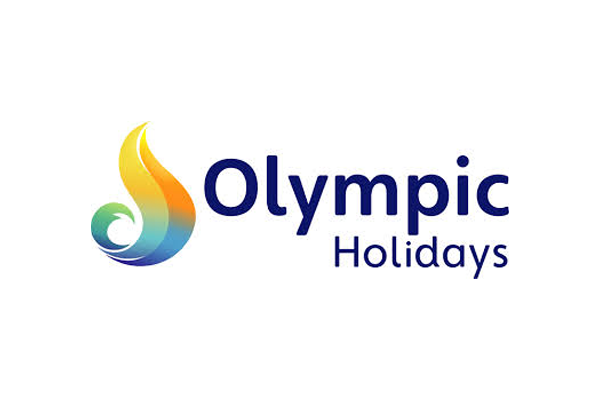
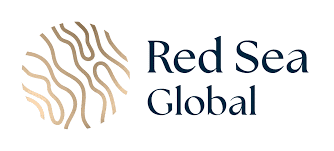


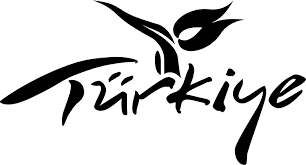

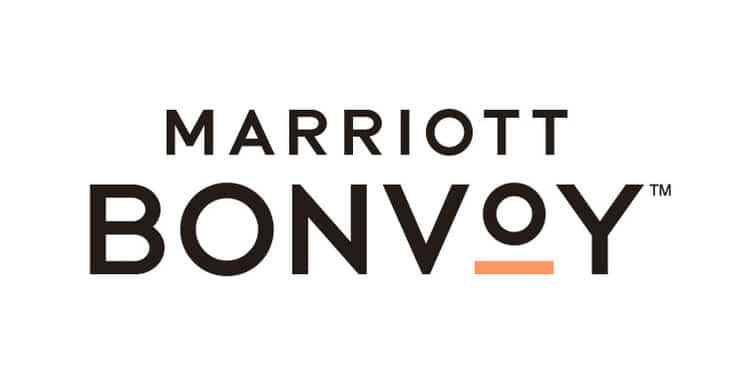



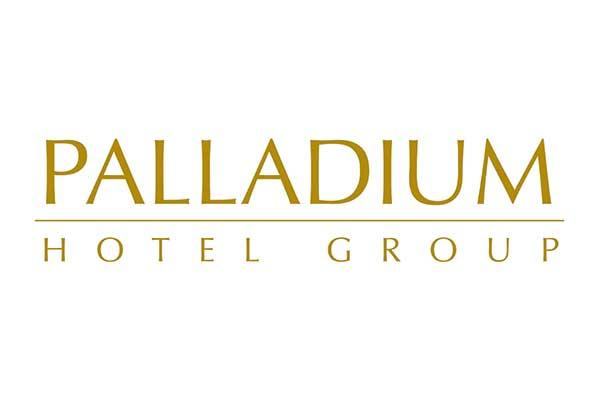
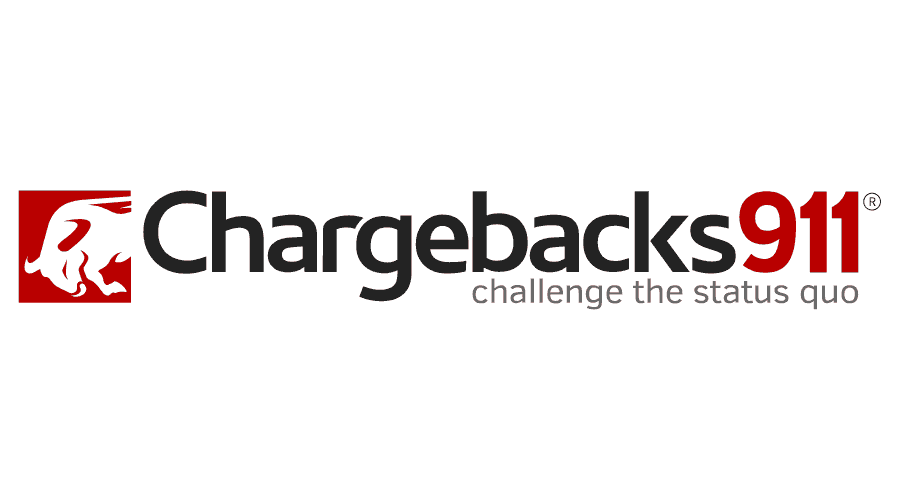

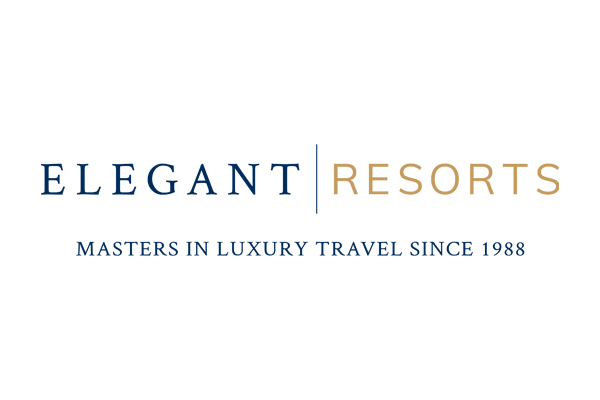


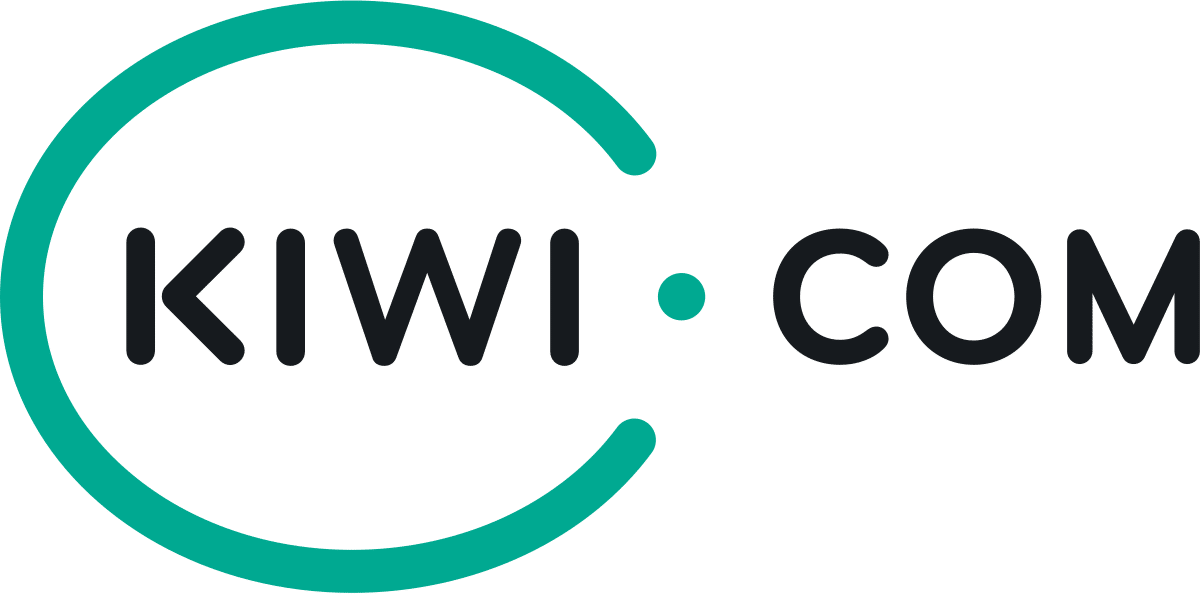


























Dozens fall ill in P&O Cruises ship outbreak
Turkish Airlines flight in emergency landing after pilot dies
Boy falls to death on cruise ship
Unexpected wave rocks cruise ship
Storm Lilian travel chaos as bank holiday flights cancelled